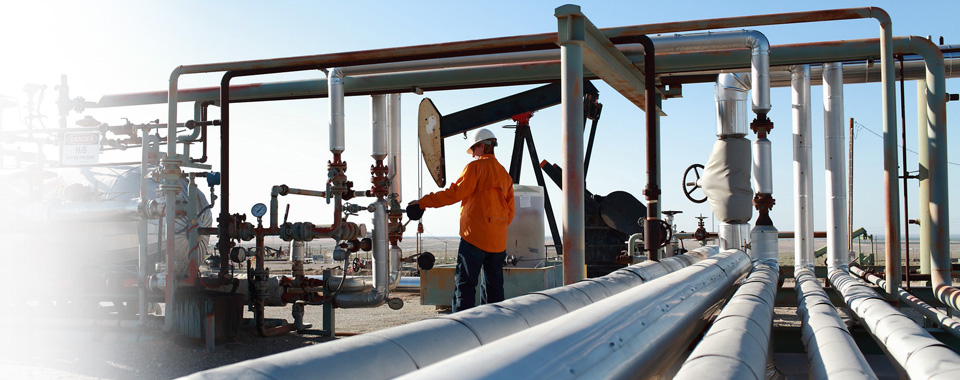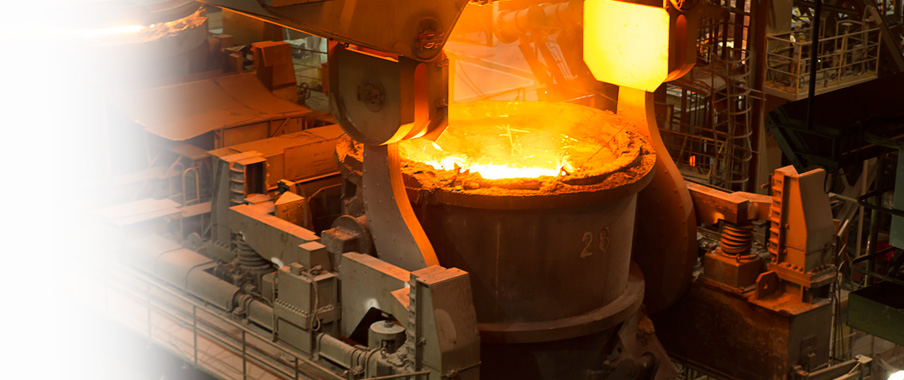Rail transit means the transportation form with the characteristics of huge transit capacity, high speed, safety, on-schedule, environment protection, energy and land conservation. Rail transit includes subway, light rail transit, magnetic levitation train, city railway, tramway, etc. It is getting more and more recognized that the upmost solution for city traffic is to give priority to set up rail transit as the core of city public transit system.
Rail transit systems are mostly built underground or on bridge way, which not only requires advanced technology but also reliability and safety. There are so many types of rail transit that a commonly agreed classification standard for technical properties doesn’t exist.


Applications
Applications
-
Learn more
 Rail Transit
Rail Transit -
Learn more
 Cryogenic InsulationPiping and storage tanks for low-temperature and cryogenic services typically operate within a temperature range of -40°C to -192°C. In LNG projects and other cryogenic facilities, the storage and transportation of these media require specialized protection against heat leakage.
Cryogenic InsulationPiping and storage tanks for low-temperature and cryogenic services typically operate within a temperature range of -40°C to -192°C. In LNG projects and other cryogenic facilities, the storage and transportation of these media require specialized protection against heat leakage.
Currently, the most widely used cryogenic insulation materials include PUR/PIR, cellular glass, elastomeric rubber, and modified phenolic foam. These materials represent a significant improvement over previously used perlite, both in terms of performance and installation.
However, the introduction of aerogel cryogenic insulation constitutes a paradigm shift for the existing cryogenic insulation systems. -
Learn more
 Production of Viscous OilApplied in the steam pipelines of viscous oil production, aerogel blanket can efficiently reduce the heat loss of the pipelines and better control the temperature drop.
Production of Viscous OilApplied in the steam pipelines of viscous oil production, aerogel blanket can efficiently reduce the heat loss of the pipelines and better control the temperature drop. -
Learn more
 Buildings and ConstructionsOrganic insulation materials, valued for their good thermal performance, low cost, and ease of installation, currently account for approximately 90% of both interior and exterior wall insulation systems.
Buildings and ConstructionsOrganic insulation materials, valued for their good thermal performance, low cost, and ease of installation, currently account for approximately 90% of both interior and exterior wall insulation systems.
Over time, however, the disavantages of these materials have become increasingly apparent: poor fire resistance, weak adhesion to substrates, susceptibility to dissolution, and low UV resistance. With the growing market share of inorganic insulation materials, an industry transition is underway. This shift signals that inorganic materials are poised to play an increasingly critical role in a market currently dominated by organic options. -
Learn more
 Industrial FurnacesAerogel insulation materials can be used in the interior insulation and the exterior insulation of industrial furnaces, including furnaces, toughening furnace, boilers and other heating ovens, which can effectively improve energy conservation rate and decrease the out surface temperature and the insulation thickness.
Industrial FurnacesAerogel insulation materials can be used in the interior insulation and the exterior insulation of industrial furnaces, including furnaces, toughening furnace, boilers and other heating ovens, which can effectively improve energy conservation rate and decrease the out surface temperature and the insulation thickness.




